How to Clean
Hardwood Floors
Quick Links
Down this very long page
To some extent, how to clean
hardwood floors depends on
the finish.
These are the most common:
- hardening oils, like
Monocoat
- polyurethanes, like BonaKemi
- resins, like Waterlox
- waxes, like DuraSeal
- penetrating oils, like Loba
Best practice is to always consider, first, the manufacturer recommendations. That said,
This page is all about how to clean hardwood floors no matter what the finish.
I am guessing you are here for one of two reasons:
-You have a newly refinished or installed wood floor and you want to take good care of your investment.
OR
-What you've been doing isn't working.
Floor owners often receive cleaning tips from well-meaning folks at the store or on TV who have never seen your floor and assume you have a polymerized coating over it.
The cleaner they recommended leaves a residue that never looks clean, or at least, not for very long.
Avoid residues...
because they act as magnets for more dirt. Murphy's Oil Soap is notorious for this. I know, I know. Mom used it, right? And you love the smell, right?
But, whenever I am called to clean, abrade, and recoat an existing floor and my buffer pad immediately turns a powdery yellow-white, like this:
Murphy's Oil Soap Residue
I know I'll find Murphy's Oil Soap under the sink or in the pantry.
I don't subscribe to the theory that Murphy's contaminates the surface and inhibits adhesion of the next top coat on a poly floor.
It does, however, certainly increase the number of cleanings needed and, depending on the light, will affect the appearance of the floor's sheen.
Minimize moisture...
no matter what. You do not want moisture getting down in between the boards any more than you have to.
Hyperactivity from moisture can cause fractures. Serious flooding can loosen a nailed down floor and cause squeaks.
Floors with deep scratches or little finish will turn gray from moisture.
Norwex microfiber mops
are a must, in my opinion. Of all the microfiber mops I have tried through the
years,
Norwex has the best.
Like Norwex, other microfiber mops minimize residue and moisture, too.
But the Norwex mop then sanitizes itself between uses with a built in anti-microbial component that never washes out.
It's ultra absorbency keeps your cleaning process as dry as possible, which is important, regardless of your finish.
True microfiber, not cheap microfiber, CUTS the sticky, greasy, grimies of even a kitchen with just a lightly damp mop.
(Plus, you might appreciate the difference in price between that spray bottle of water and the $5 bottle of commercial cleaner.)
How to avoid grimy corners?
Find a more neutral pH cleaner. The "sticky greasies" dissolve and then lift onto the applicator.
All retail wood floor cleaners have a neutral pH, or something very very close.
First and foremost, upgrade to microfiber mops, as soon as possible.
Retire the vinegar & water...
and say goodbye to grimy corners.
I know, I know. The smell reminds you of Grandma's house, right? It's all natural, right? It's homemade, it's affordable...
Although vinegar and water has been a tried and true recipe for general cleaning,
(a cup of vinegar to a gallon of water,)
vinegar is acidic, right?
It will dissolve the "sticky greasies" as the old director likes to say, without actually
picking it up off the surface. Grimy corners result.
This video illustrates a handy tip for cleaning grimy corners
How to clean hardwood floors finished with
Monocoat Type Hardening Oils
and
Loba Type Penetrating Oils
These are NOT polymerized shells, so whatever you use must replenish and/or rejuvenate the finish.
Each oil manufacturer will have a maintenance oil and probably a soap. I am not big on the soaps, as you already know, but that bias pertains to coated floors, mostly.
Soaps on oiled floors tend to incorporate themselves into the oil finish, rather than just sitting on top of a plastic coating.
If the color is gone from the wood, then the manufacturers maintenance oil must be applied very soon and allowed to fully dry.
Yes, the goal is to clean the surface of these floors, just keep in mind that the surface is wood.
There is nothing between you and the wood, so the cleaning product and process must be wood-friendly.
Water and wood don't like each other, and yet the use of water is unavoidable when cleaning.
So what to do?
Again, microfiber mops, to start with. A dry one with electrostatic cling, followed by a damp one to scoop up the sticky greasies
as well as allergens and microbes. That's how to clean hardwood floors regardless of the finish.
Return to Home Page from How to Clean Hardwood Floors
Made possible, in part, by:
 School of Lower Learning
School of Lower LearningDirector's Welcome
Below the Outlets
Student Newspaper
Floorwrights
Local News
Related Pages
Vacuum Cleaners Safe for Wood Floors
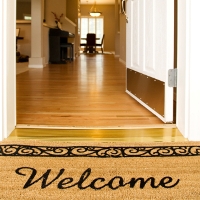

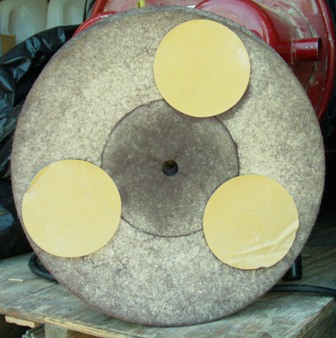
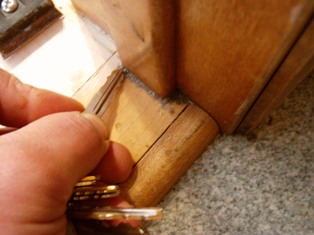



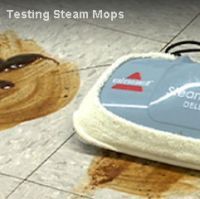
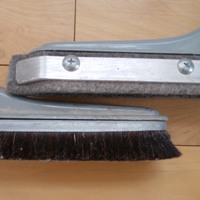
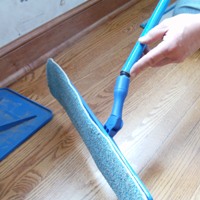

New! Comments
Have your say about what you just read! Leave me a comment in the box below.